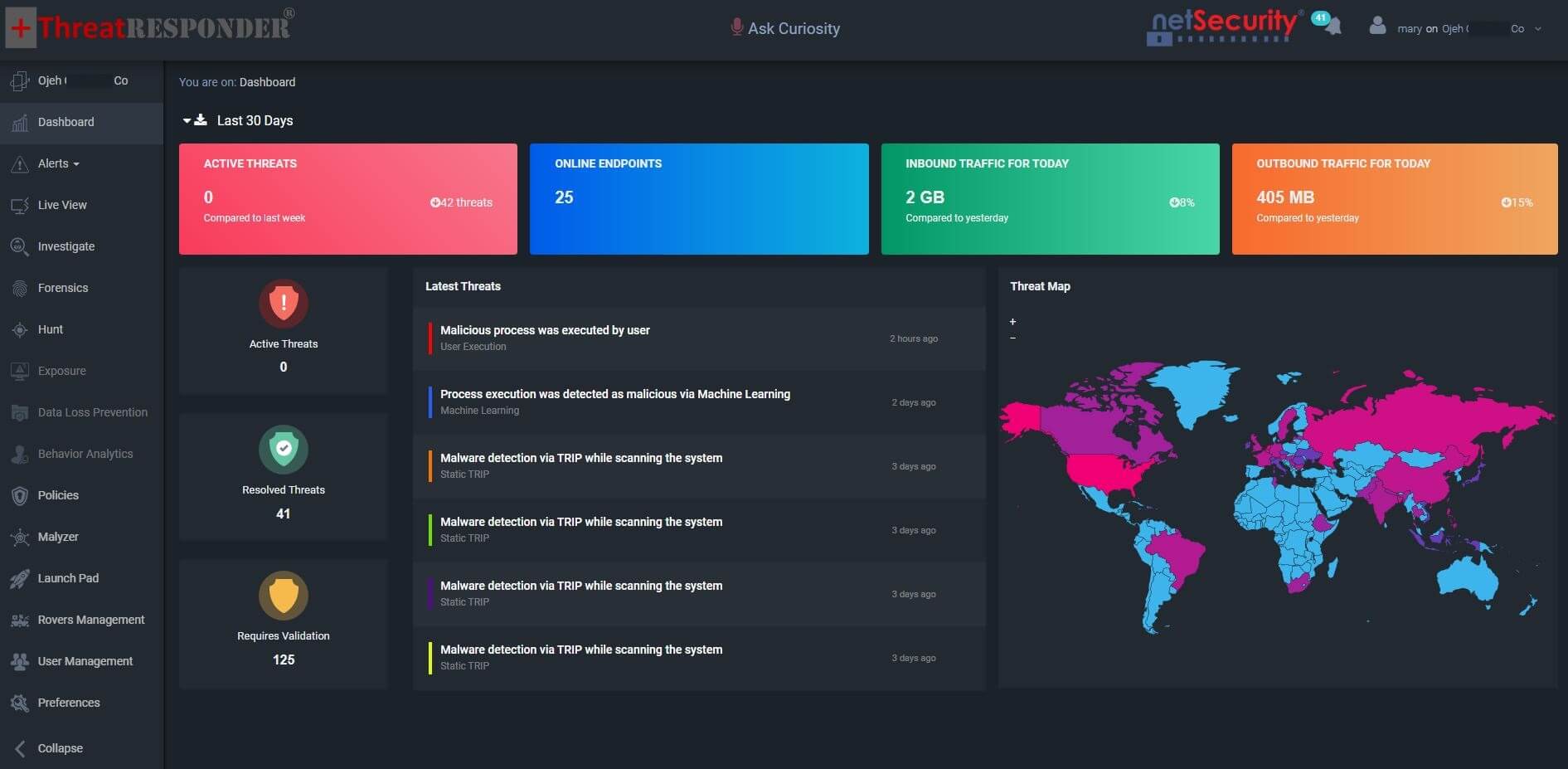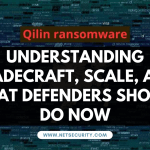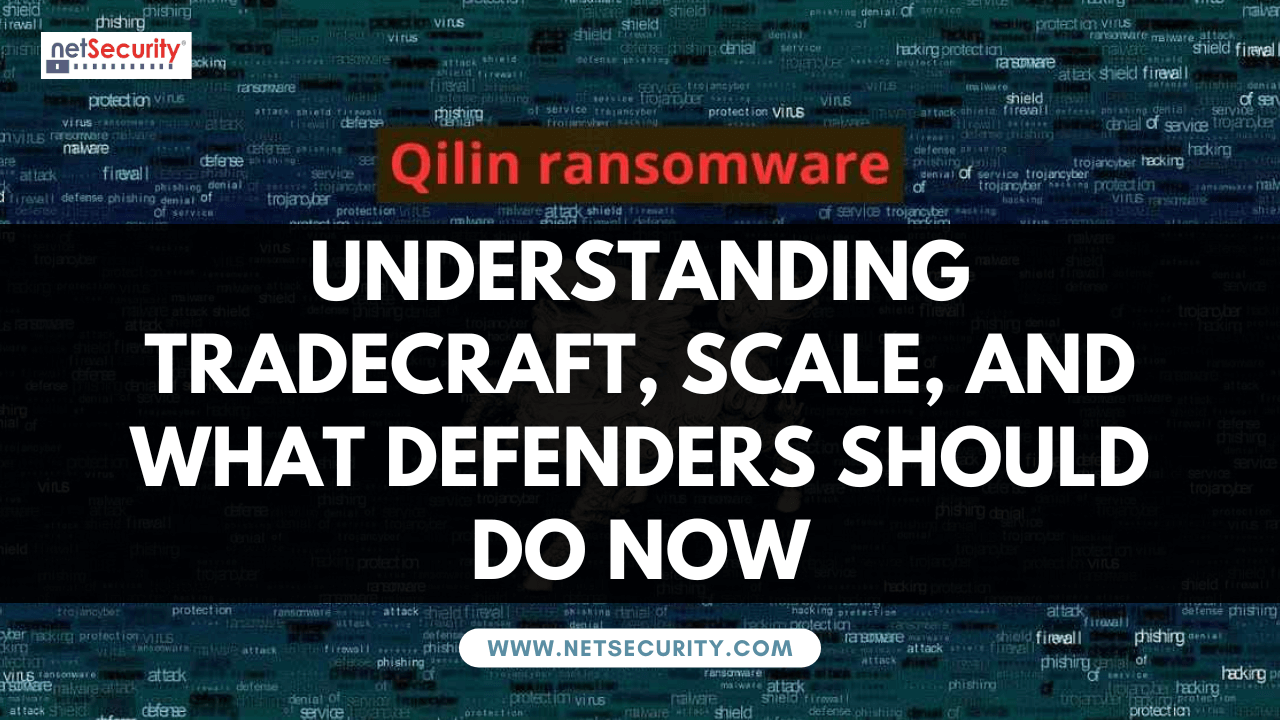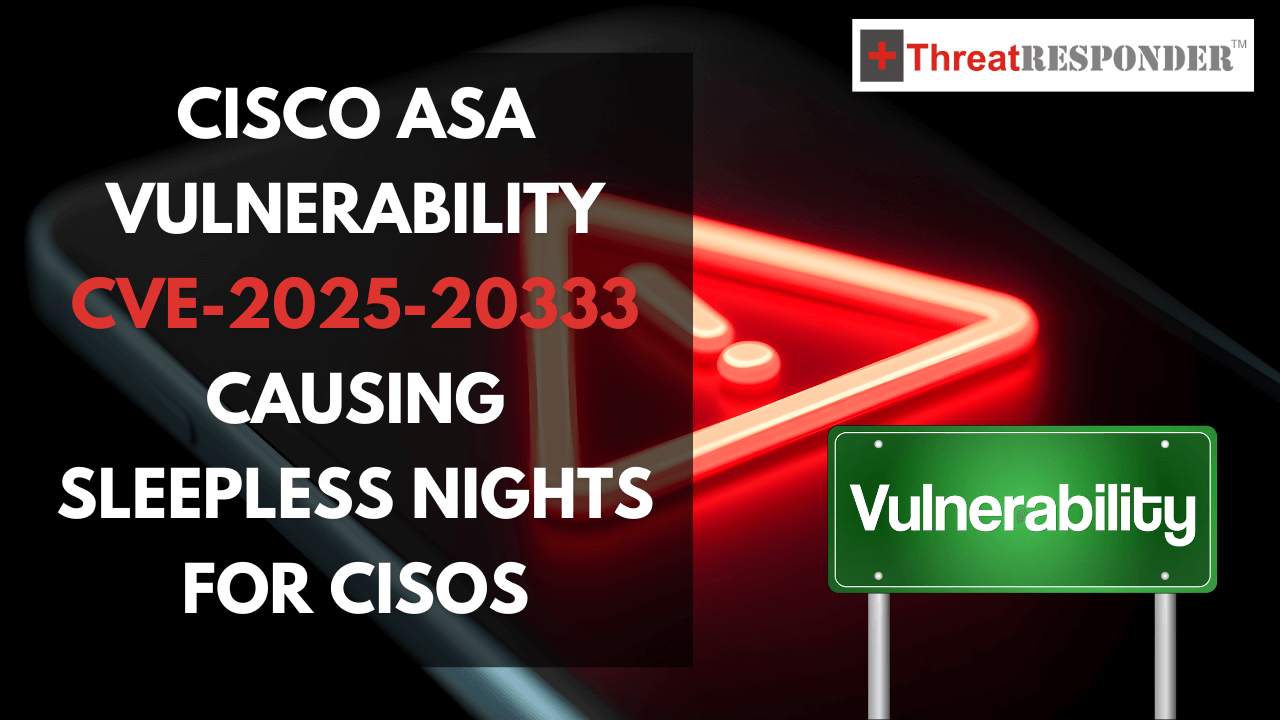From Noise to Action: Why Security Teams Need Unified Visibility More Than Ever
he modern cybersecurity landscape is more complex than ever before. Organizations rely on a multitude of tools—endpoint protection, firewalls, SIEMs, identity monitoring, and vulnerability scanners—to protect their digital assets. Each of these solutions provides valuable data, but together, they often create a flood of alerts and fragmented insights. Instead of clarity, security teams face chaos.
In this environment, the real challenge isn’t the lack of information—it’s too much of it. The problem of “alert noise” has become a defining issue for SOCs and CISOs worldwide. Security professionals spend valuable hours sifting through overwhelming amounts of data, struggling to differentiate between genuine threats and harmless anomalies.
The solution lies in achieving unified visibility—a single, cohesive view across all systems, users, and assets. It’s the key to transforming security operations from reactive firefighting to proactive defense.
The Challenge: Fragmented Tools, Fragmented Insights
Every tool in a modern security stack serves a purpose. Endpoint detection solutions monitor devices, identity tools track authentication events, and network sensors watch for anomalies. But when these tools operate in silos, the security picture becomes disjointed.
Data Without Context
A single alert from one tool rarely tells the full story. An endpoint warning about a suspicious process may seem minor until correlated with an unusual login from the same user account. Without centralized visibility, that connection is missed, allowing attackers to move undetected.
Alert Fatigue
SOC teams are drowning in alerts. Most organizations receive tens of thousands of security events daily, many of which are false positives or low-severity notifications. This overload leads to desensitization, where analysts begin ignoring alerts—sometimes even legitimate ones.
Slow Response Times
With information scattered across multiple dashboards and consoles, investigations take longer. Analysts must manually gather and correlate data from various sources before taking action. In the world of cybersecurity, every minute counts—and attackers exploit that delay.
The Case for Unified Visibility
Unified visibility means more than connecting tools—it’s about integrating and correlating data across endpoints, networks, identities, and cloud environments to provide a complete understanding of security posture.
A Single Pane of Glass
A unified platform eliminates the need to switch between systems. Analysts gain one consolidated view of all activity, enabling them to spot abnormal behavior instantly and investigate incidents efficiently.
Context-Rich Alerts
When alerts are enriched with context—who triggered them, what systems are affected, whether vulnerabilities exist—analysts can prioritize effectively. Unified visibility turns raw data into actionable intelligence.
Faster Detection and Response
Correlation across multiple layers allows faster identification of coordinated attacks. Instead of investigating isolated events, analysts can track attacker movement from initial access to lateral movement, reducing dwell time and potential damage.
Improved Collaboration
When all stakeholders—SOC teams, IT operations, and incident responders—share a unified view, communication improves. Teams can collaborate in real time, reducing confusion and ensuring consistent responses.
Why the Shift Is Happening Now
The urgency for unified visibility has grown as the threat landscape evolves.
Expanding Attack Surfaces
With remote work, cloud adoption, and IoT proliferation, the number of endpoints and identities has exploded. Attackers exploit these entry points, and fragmented visibility makes it harder to detect breaches across such distributed environments.
AI-Powered Attacks
Threat actors are using AI to automate and customize attacks, creating sophisticated campaigns that blend social engineering with stealthy system compromise. Detecting these complex patterns requires data correlation that only unified platforms can provide.
Compliance and Accountability
Regulations such as GDPR, HIPAA, and CCPA require organizations to demonstrate continuous monitoring and quick breach response. Unified visibility simplifies compliance reporting and provides auditable records of security actions.
How ThreatResponder Enables Unified Visibility
NetSecurity’s ThreatResponder was built to address exactly this challenge. It empowers security teams to move from reactive analysis to proactive, data-driven defense through integration, automation, and intelligence.
Comprehensive Endpoint Detection and Response
ThreatResponder continuously monitors endpoints for behavioral anomalies, identifying suspicious processes, privilege escalations, or unauthorized access attempts in real time.
Identity Threat Detection and Response
Compromised credentials are a leading cause of breaches. ThreatResponder correlates endpoint events with user activity, detecting lateral movement and unauthorized logins before they escalate into full-scale compromises.
Threat Hunting and Forensics
Beyond automated detection, ThreatResponder provides deep forensic visibility. Security teams can hunt for indicators of compromise across the enterprise, trace attack paths, and perform root-cause analysis—all from one platform.
Integrated Threat Intelligence
ThreatResponder fuses external and internal threat intelligence to enrich alerts with global context. This enables organizations to detect emerging campaigns and respond before adversaries gain traction.
Vulnerability and Exposure Management
By mapping vulnerabilities to real-time threat data, ThreatResponder helps teams focus on high-risk exposures that matter most, transforming reactive patching into prioritized, strategic action.
The Business Impact of Unified Visibility
Unified visibility isn’t just a technical upgrade—it’s a business enabler.
Reduced Risk Exposure
When incidents are detected earlier, organizations can contain attacks before they lead to data breaches or downtime. This minimizes financial and reputational losses.
Improved Operational Efficiency
Analysts spend less time chasing noise and more time on meaningful tasks such as threat hunting and risk mitigation. Unified visibility translates into better productivity and lower operational costs.
Informed Decision-Making
Executives gain clear, real-time insights into the organization’s security posture. With measurable metrics and visual dashboards, cybersecurity becomes a strategic, board-level discussion.
Scalability and Resilience
As organizations grow, so does the complexity of their environments. ThreatResponder’s unified platform scales effortlessly, maintaining visibility across hybrid and multi-cloud infrastructures.
ThreatResponder – All-in-One Platform To Prevent Advanced Cyber Attacks
In cybersecurity, visibility is power. Yet for too long, security teams have been trapped in a cycle of chasing alerts instead of controlling them. Fragmented tools, redundant data, and disconnected workflows have made it impossible to respond quickly or confidently.
Unified visibility changes that dynamic. By connecting every signal across endpoints, users, and systems, it transforms data into action—and confusion into control.
NetSecurity’s ThreatResponder embodies this shift, empowering organizations to see more, know more, and act faster. Because in today’s threat landscape, the difference between chaos and control is not how much data you have—it’s how clearly you can see it.
With ThreatResponder, organizations gain unified visibility, proactive detection, and automated response to stop advanced ransomware attacks before they cause damage.











